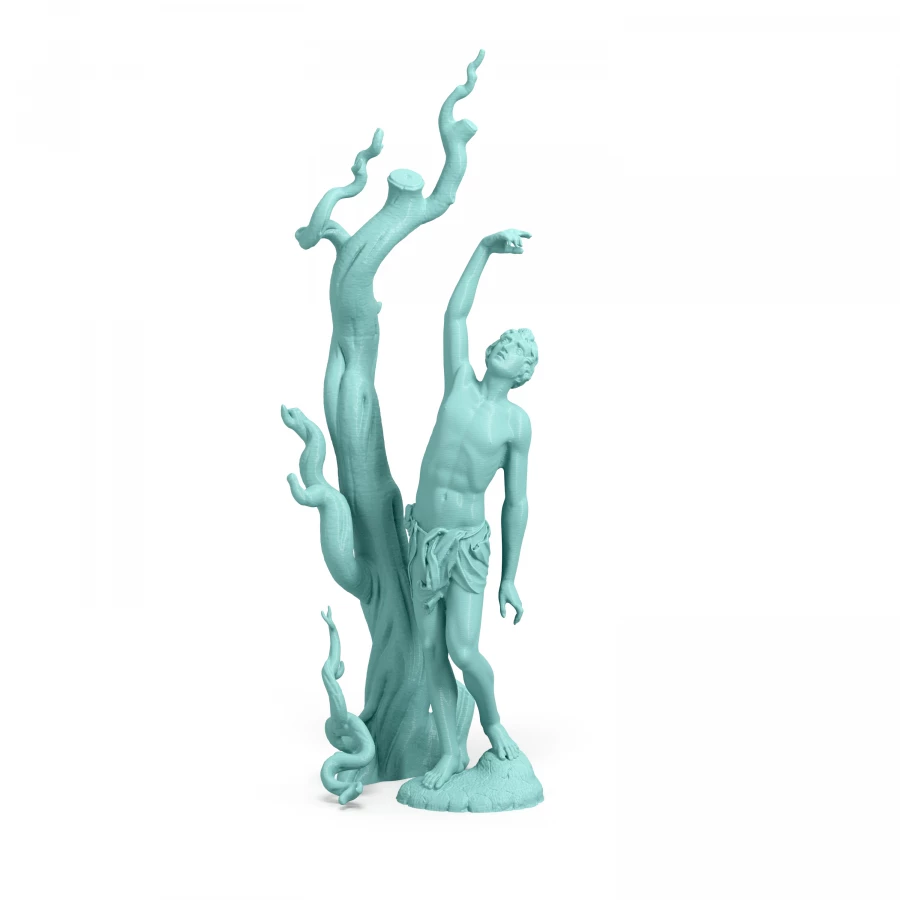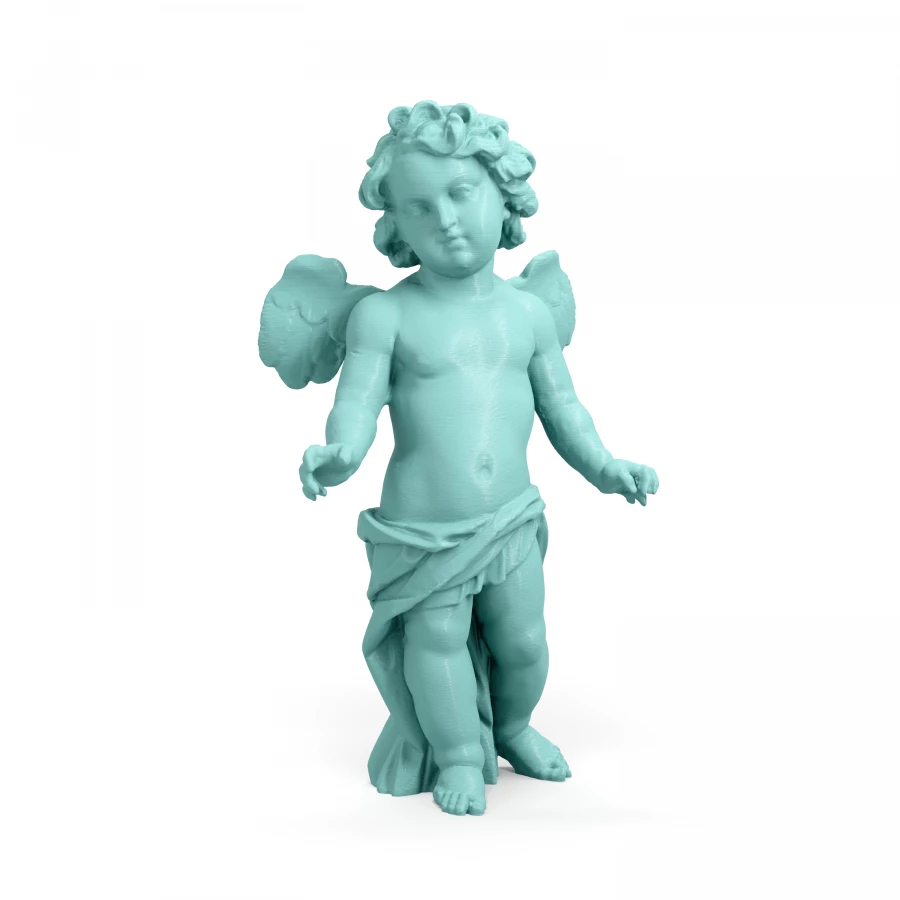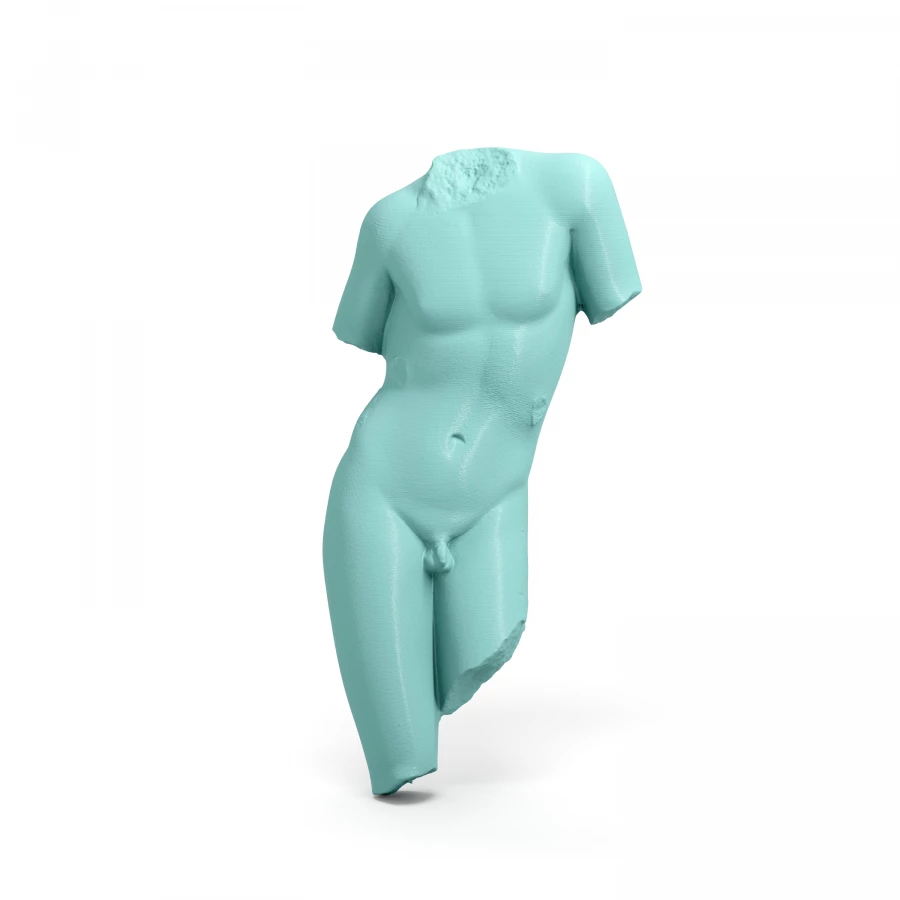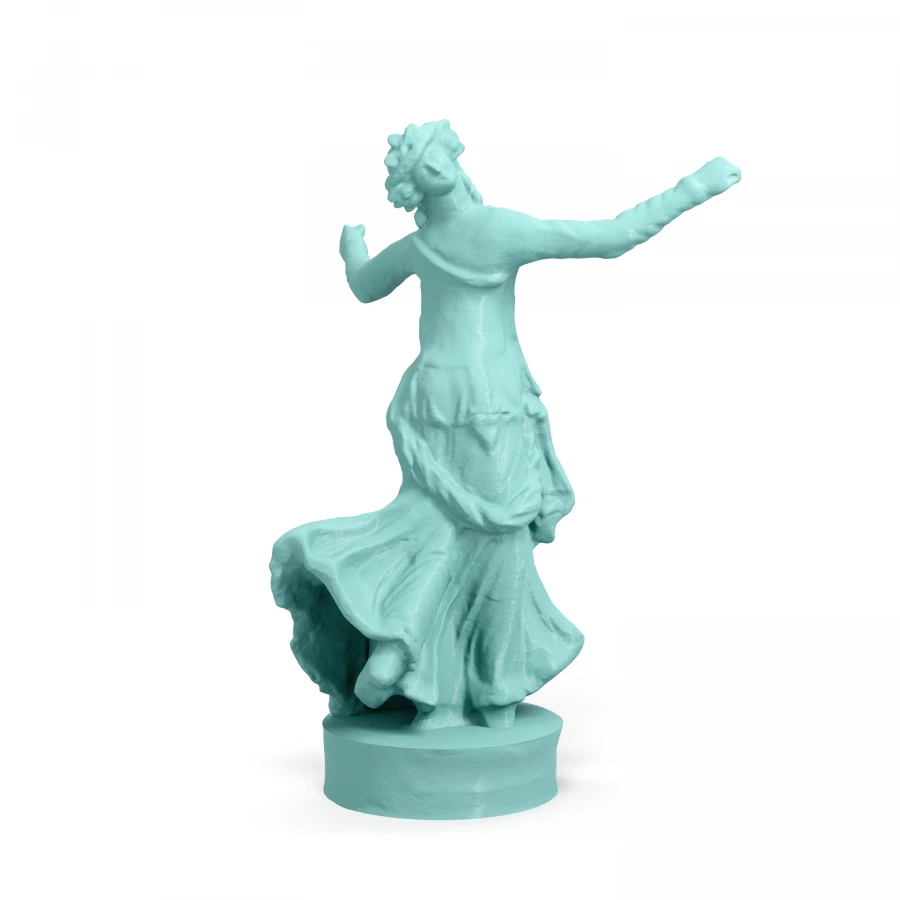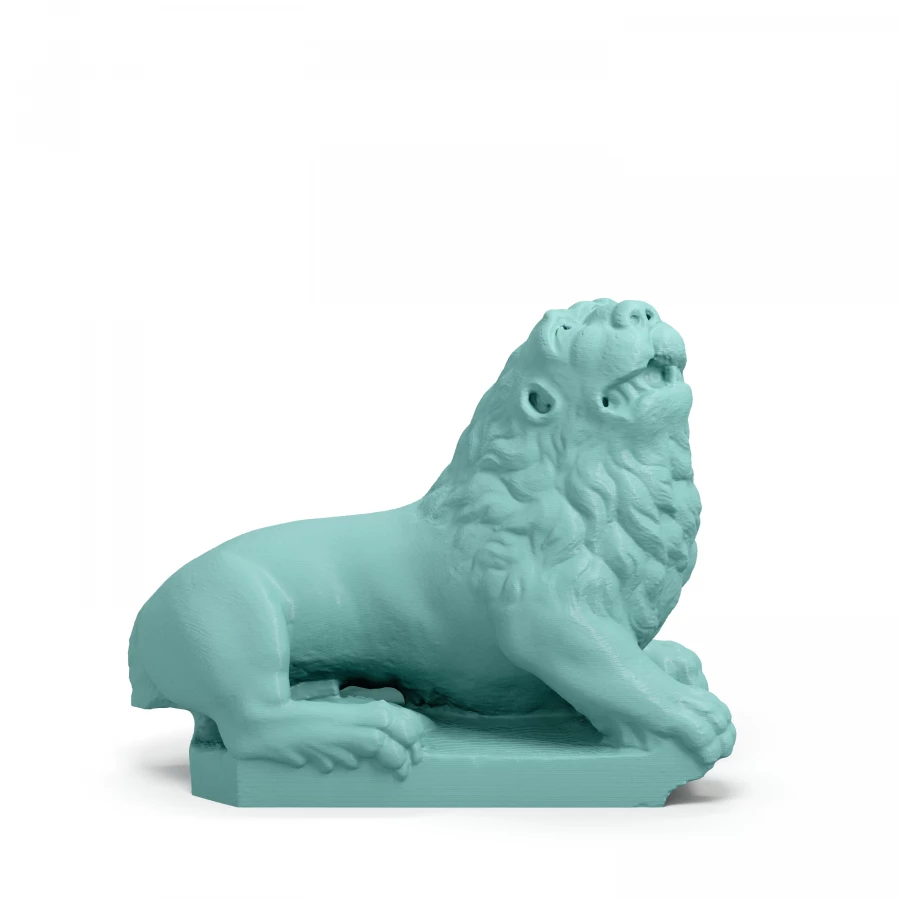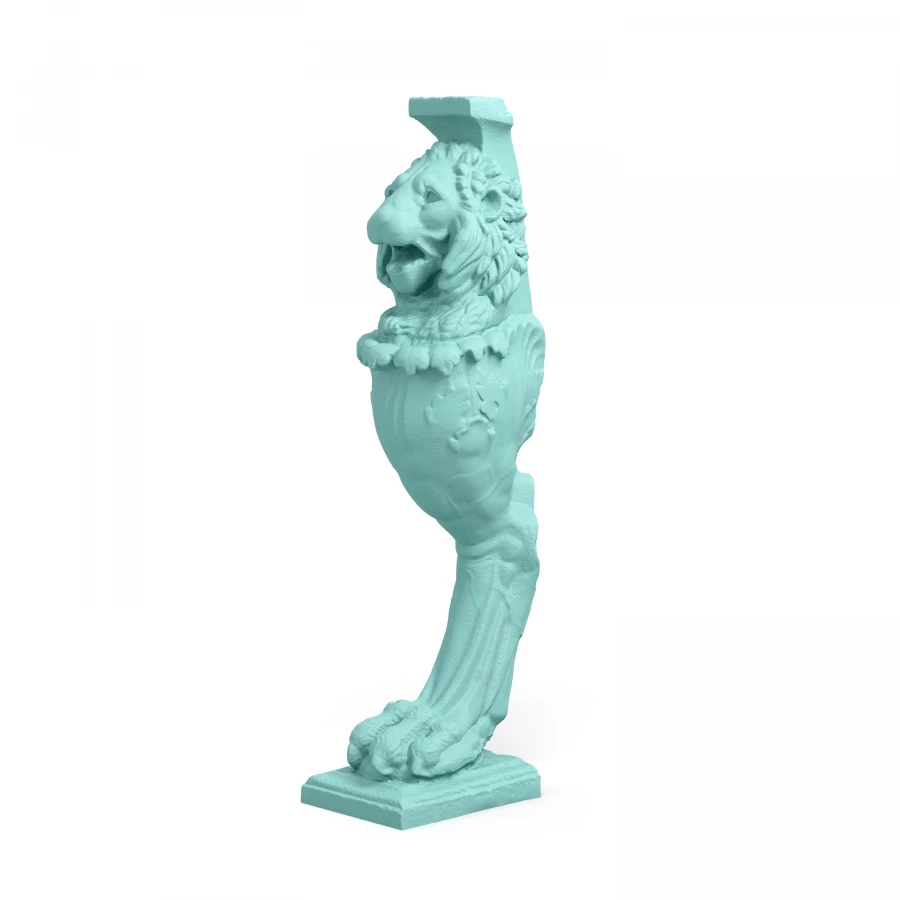The artclone effect refers to the transformative impact that artclones have on various aspects of physical space, whether they are interior spaces, public spaces, or architectural environments.
The artclone effect can manifest in several ways:
1. Aesthetic Enhancement: artclones elevate the visual appeal of spaces by introducing replicas of renowned artworks or sculptures. They contribute to the overall aesthetics, creating focal points, and adding artistic elements that enhance the beauty and ambiance of the surroundings.
2. Emotional Response: artclones evoke emotional responses within viewers, engaging their senses and eliciting profound reactions. The presence of replicas can evoke awe, inspiration, curiosity, or contemplation, creating a powerful and memorable experience for those encountering them.
3. Cultural Connection: artclones establish a cultural connection by replicating significant artworks or sculptures that hold cultural or historical importance. They bridge the gap between past and present, preserving cultural heritage and allowing individuals to connect with artistic legacies.
4. Spatial Transformation: artclones can redefine and transform the perception of space. By strategically placing replicas, designers and architects can shape spatial experiences, alter proportions, guide movement, and create a dynamic interplay between the artwork and its environment.
5. Symbolism and Meaning: artclones often carry symbolism or represent conceptual ideas, contributing to the narrative and storytelling potential of a space. They can convey messages, provoke thought, or serve as powerful symbols, adding layers of meaning and depth to the overall design concept.

